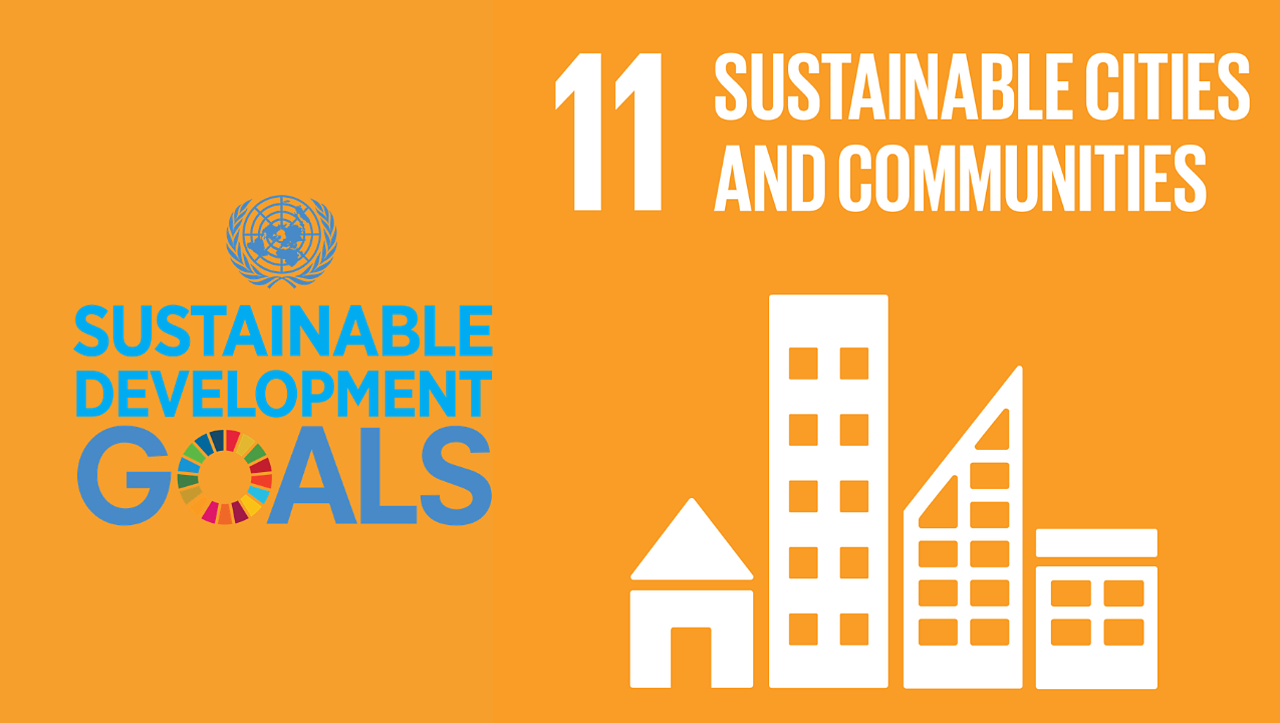
The surge in carbon dioxide (CO2) emissions from the transport sector is a growing concern globally, given its enormous impact on environment. According to a report by the International Energy Agency (IEA), about 24% of the global direct CO2 emissions from fuel combustion in 2019, came from the transport sector.
International Transport Forum's Transport Outlook 2019 says that by 2050, the demand for urban passenger transport is set to double. Further, the UN Department of Economic and Social Affairs (UN DESA) estimates that 70% of the world’s population will be urban by 2050, pushing up the demand for passenger transport significantly.
In India, poor access to low-carbon transport systems (public transport and non-motorised transport), and increased use of personal vehicles due to increase in personal income, intensifies the problem. Bringing in low-carbon transport interventions in cities, therefore, assumes high priority for mitigating climate change.
Low-Carbon Transport Interventions
Adoption of low-carbon transport in cities can reduce greenhouse gas (GHG) emissions (leading to better air quality), and improve energy efficiency, besides contributing to Sustainable Development Goal (SDG) 11.

The cost of infrastructure required for supporting public transport and non-motorised transport is much less, as compared to that required for personal transport. Though many Indian cities are implementing public transport (PT) projects, non-motorised transport (NMT) projects have been languishing. Given the obvious environmental benefits and affordability, NMT needs to be encouraged.
Non-Motorised Transport Holds Promise
A study by the Department of Transport, London, shows that investment in cycling and walking offers a high benefit-to-cost ratio of 5.5(indicating higher benefits as compared to investment cost).
Another study that is specific to India shows that increased cycling can result in annual direct benefits worth INR 1.8 trillion. This study by TERI considered a scenario, where 50% of the motorised two-wheeler and four-wheeler trips with an average distance of 8 km are replaced by cycling trips to estimate the direct benefits (like personal fuel savings, increased physical activity, reduced air pollution, and travel-time savings).
The indirect benefits include energy savings of 0.35 million tonne of oil equivalents, and CO2 emissions reduction of one million tonne.
According to the All India Bicycle Manufacturers Association, though the sale of bicycles in India dropped from 16.4 million in FY19 to 12.8 million in FY20 due to the lockdown, from May 2020, it doubled, riding on the growing health awareness triggered by the pandemic. Along with the active mobility (AM) trends, attention to NMT infrastructure has increased. For instance, Bangalore has introduced pop-up cycle lanes and dedicated cycling tracks to encourage large-scale NMT adoption.
At the national level, the Cycle4Change Challenge has been launched by the Ministry of Housing and Urban Affairs to encourage cities to develop collaborative cycle-friendly interventions for people. The interventions include revamping existing cycle tracks, reclaiming on-street parking space for walking and cycling, preparing design guidelines, and testing and implementing pilot projects.
Challenges in Mainstreaming NMT
Paucity of safe cycling spaces, along with sluggish investment in cyclist-friendly tracks, forms a major barrier to popularising NMT in cities. Infrastructure development in cities is prioritised for motorised transport. Given the benefits of NMT for environment and the physical well-being of citizens, cities should re-evaluate their priorities and policies. As safety is of utmost importance for non-motorised transport, cities need to develop an infrastructure that is safe for cyclists and integrate it well with the overall transport landscape.

Other challenges include use of cycling lanes for parking motorised vehicles, encroachment by hawkers, lack of well-connected NMT networks, integration of cycling tracks with major transit centres, and lack of proper design guidelines. Also, the lack of public awareness on the benefits of NMT adversely influences the demand for cycling infrastructure.
Pedal Healthy Towards Sustainable Urban Mobility
For increasing NMT uptake, cities can look at adopting sustainable transport policies. This requires understanding what modes of transport improve mobility, public health, and quality of life, and reduce climate change impact. Policies can, in the short term, focus on encouraging modal shift and reducing the overall motorised transport use, and in the long term, consider better urban-transport planning to reduce the need for motorised travel.
A safe and comfortable space for walking and cycling is the chief pre-requisite for mainstreaming NMT in urban areas. Therefore, cities need to adopt NMT-friendly street designs, with safety as the key element. Also, the NMT infrastructure should be integral to city development projects.
Thus, dedicated funds for development of such infrastructure, with a focus on improving mobility for all forms is an important requirement. Then again, building public awareness on the overall benefits of NMT is vital for its large-scale uptake.
Besides giving us a healthy lifestyle and a cleaner environment, non-motorised transport can contribute to the economy too, by increasing job opportunities in bicycle manufacturing and NMT-infrastructure construction. With the global focus on reducing carbon emissions to mitigate climate change, NMT can be the bright spot in the transport sector.
About the Author: Anantha Lakshmi Paladugula works in the area of Climate, Environment and Sustainability at the Center for Study of Science, Technology and Policy (CSTEP), a research-based think tank.